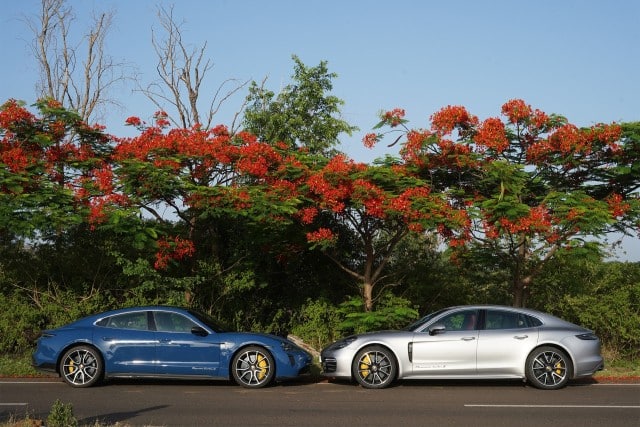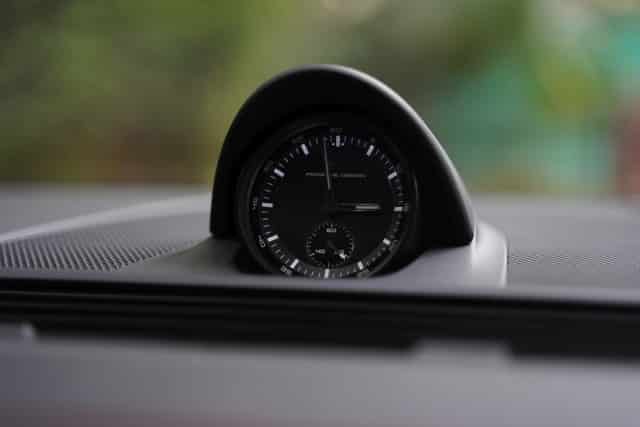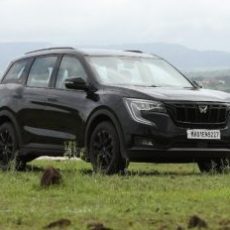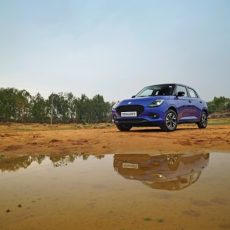The Porsche 911 has been the definitive sports car for decades. Yet, the closest they’ve come to doing a four-door version is the Panamera. At their present peak, the Panamera Turbo S and Taycan Turbo S share a philosophy and a silhouette and, yet, are worlds apart. So different yet so similar…

Story: Jim Gorde
Photography: Sanjay Raikar, Apurva Ambep
Seventy-five years have gone by since Professor Dr. Ing h.c. Ferdinand Porsche turned on the lights for the first time on 6 June 1948. Having worked on the first electric car in Austria even before 1900 (the year, not seven in the evening), Dr Porsche went on to create icons such as the Volkswagen Beetle and the Mercedes SSK. From the Porsche 356 to the 992 GT3 RS, there have been sports cars, touring cars, race cars, special editions, daily drivers, SUVs large and small, petrol, hybrid and electric, and everything in between, yet there is one thing in common to all of those. No, not the badge. Well, not just. There’s the feel, the focus, the unwavering commitment to pure performance, and driving engagement that, if I may say so myself, remains unmatched to this day; the evolution of technology notwithstanding. It’s what makes a Porsche a “Porsche”.
As the Zuffenhausen brand enters its landmark 75th year, there are two parallel realities for Porsche, one of combustion engine performance and the other electric performance to match, if not better, its fossil-fuel counterpart. In between, the E-Hybrid models offer intermittent bridges between the two worlds. But here, today, we look at what the iconic brand has achieved in the four-door realm, beyond its most iconic model, the 911 coupé sports car; which also turns 60 this year as we head towards a particularly uncertain future.

Now, these cars have been around for a while, so I’m not going to bombard you with numbers. The essence of this story is to encapsulate how much Porsche have learned in their 75 years of existence in terms of internal combustion as well as electric propulsion, each seeing significant development along a parallel path. On the one hand, there is their project to produce carbon-neutral synthetic eFuel which works with existing combustion engines. Remember, even the best petrol engines today only use a maximum of just over 40 per cent of the available energy. The rest exits the cycle as unburned hydrocarbons and gases; some treated, some not. On the other hand, electric cars became a rage as a “clean and green” alternative for many simply because there are no tailpipe emissions. However, moving the source of the pollution elsewhere isn’t a solution. But, then again, a large percentage of people would clean their home and dump the dirt outside their balcony or in front of the neighbour’s without batting an eyelid. The dirt exists, just not in the visible vicinity. Same thing.
Back to the advancement front. Electric cars, such as the Tesla Model S, were celebrated because they seemed to come in and hit the ground running. Performance-wise, these cars were quicker off the line than their petrol counterparts—of course, 600 Nm at one rpm and 600 Nm at 4,000 rpm, with a spin-up delay involved, are going to lead to a very evident difference in feel. And that’s where variable geometry turbocharging and precision direct injection, variable valve timing and lift, quick-shifting dual-clutch automatic gearboxes with multiple shafts, and loads of electronic wizardry all come in together. Now, yes, there isn’t an entirely natural, mechanical feel to everything, like an acoustic guitar, but a few electronics are good to raise the level of things, like German metal. But not to the point where it’s all noise getting out of control, like auto-tuned pop or EDM. So, let’s get down to the nuances.





